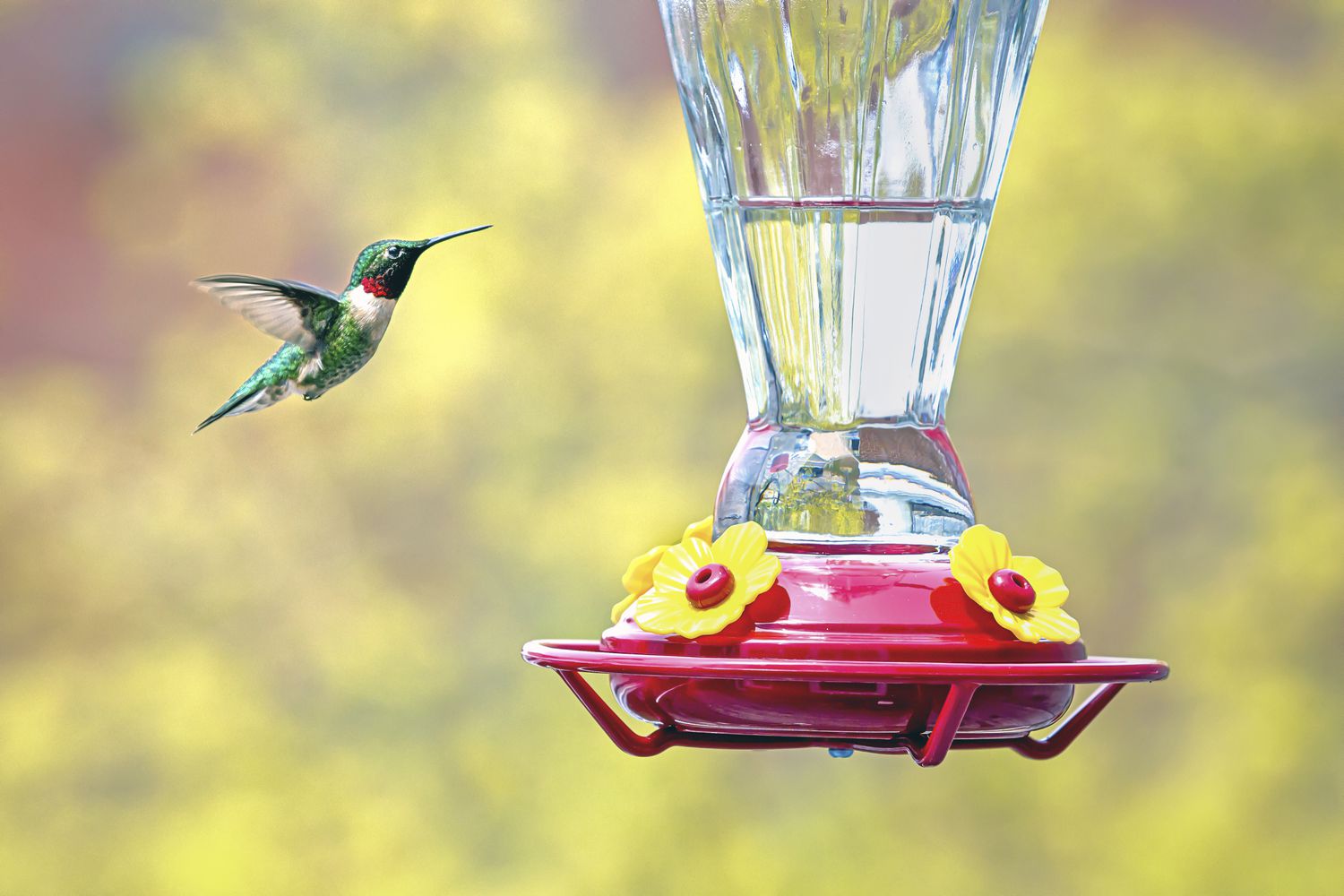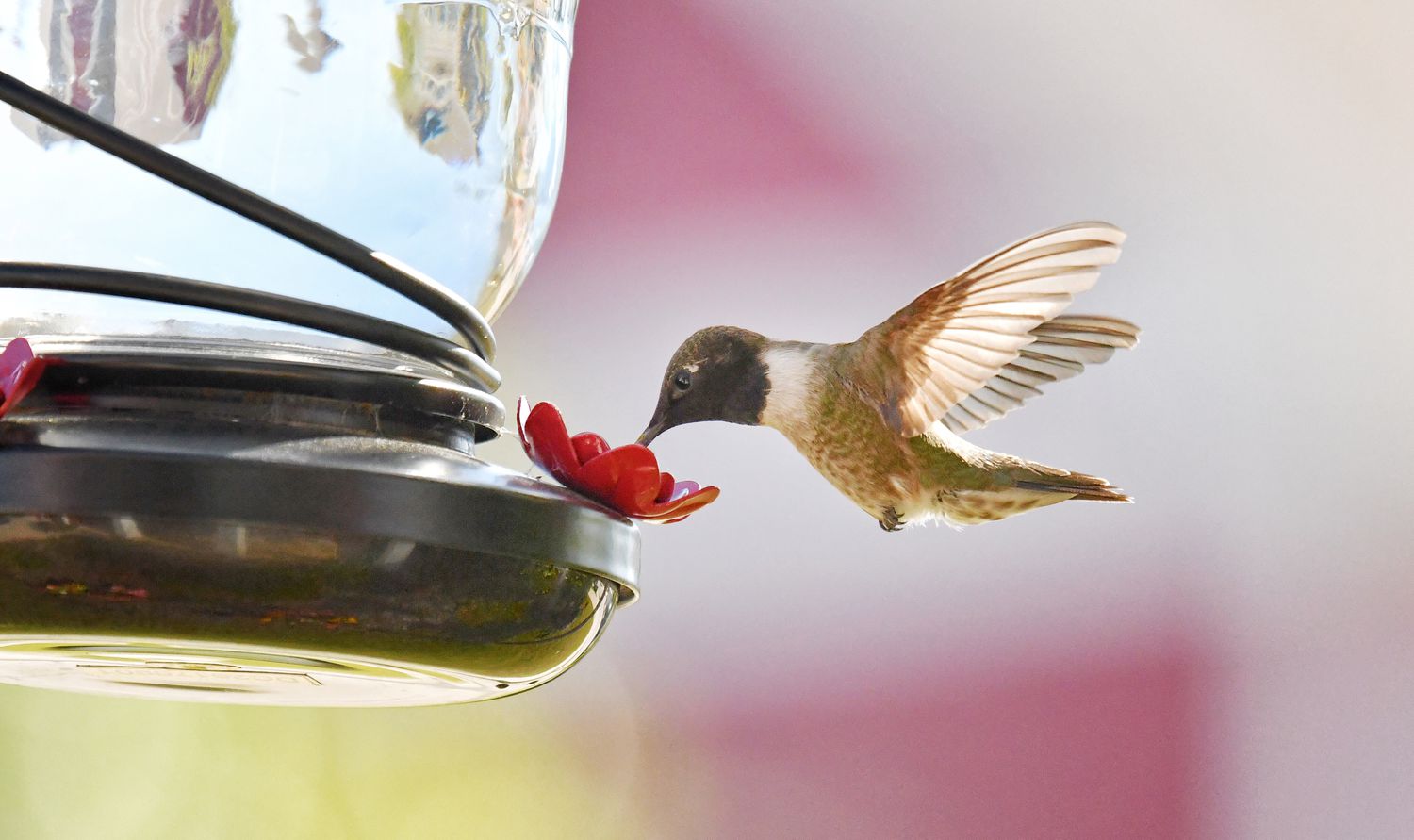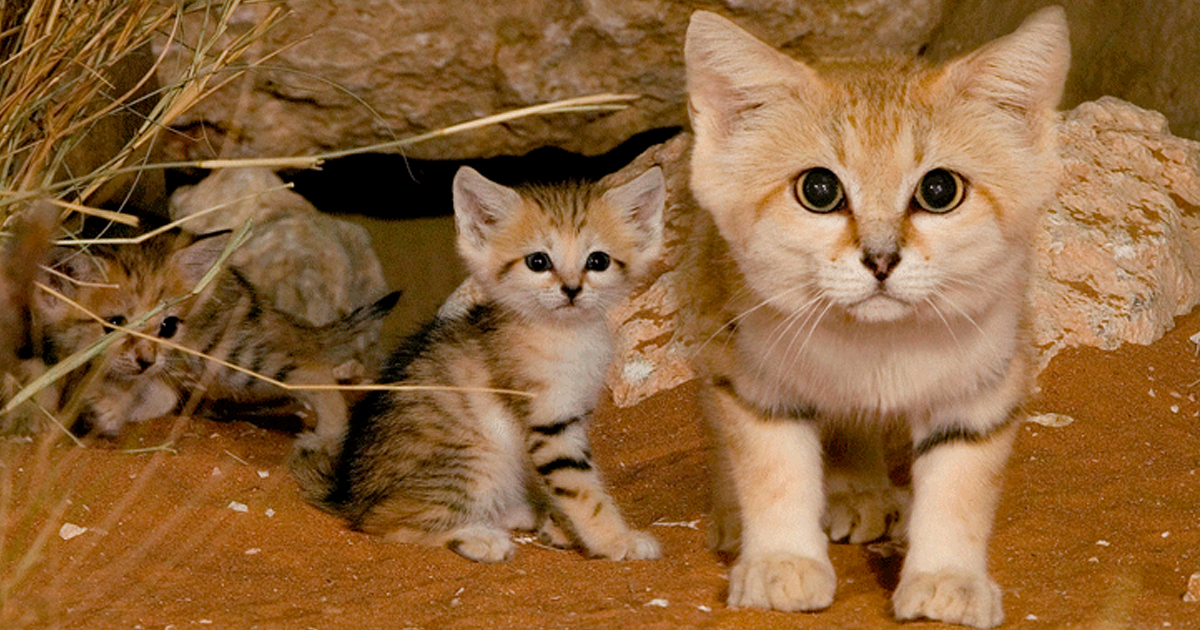
The enchanting world of hummingbirds, with their iridescent plumage and mesmerizing aerial acrobatics, has captivated humans for centuries. These tiny marvels of nature, the smallest birds in the world, rely on nectar from flowers as their primary energy source. As responsible stewards of nature, we can play a crucial role in supporting these remarkable creatures by providing them with fresh and readily available nectar through hummingbird feeders.
Understanding the Hummingbird’s Diet
Hummingbirds are incredibly active creatures, with a metabolism that is several times faster than that of humans. To fuel their high-energy lifestyle, they rely almost exclusively on nectar, a sugar-water solution found in the flowers of various plants. This nectar provides the carbohydrates they need for their rapid wing beats, hovering ability, and long migrations.
The composition of hummingbird nectar is typically a simple mixture of sugar and water, with a ratio of about 1 part sugar to 4 parts water. This sugar solution provides the energy hummingbirds need to power their remarkable flight and maintain their body temperature. However, it’s essential to note that hummingbirds are highly sensitive to the quality of their nectar. Fermented or contaminated nectar can cause illness or even death in these delicate birds.
Factors Affecting Nectar Spoilage
Several factors can contribute to the spoilage of hummingbird feeder nectar, making it crucial to change it regularly to ensure its freshness. Warm temperatures, direct sunlight, and contaminated feeders are the primary culprits in nectar spoilage.
Warm climates accelerate bacterial growth, leading to nectar spoilage more quickly. Exposure to direct sunlight breaks down the sugar molecules in nectar, promoting fermentation. Improperly cleaned feeders can introduce bacteria and other contaminants into the nectar, further hastening its spoilage.
Recommended Nectar Change Frequency
The frequency with which you should change hummingbird feeder nectar depends on several factors, including the climate, the number of birds visiting the feeder, and the overall cleanliness of the feeder.
In warm, humid climates, where temperatures are consistently high, it’s recommended to change hummingbird feeder nectar every day or every other day. This frequent change helps prevent the rapid growth of bacteria and fermentation.
In cooler climates, where temperatures are lower, you can change nectar every 2-3 days. However, it’s important to monitor the nectar closely for signs of spoilage, especially if the weather becomes warmer or if the feeder attracts a high volume of birds.
If your hummingbird feeder is consistently visited by a large number of birds, it’s advisable to change the nectar more frequently, perhaps every day or every other day. This increased frequency helps ensure that there is always a fresh supply of nectar available for the birds.
Signs of Spoiled Nectar
Recognizing the signs of spoiled hummingbird feeder nectar is crucial to prevent harm to the birds that rely on it. If you notice any of the following signs, it’s time to change the nectar immediately:
-
Cloudy Appearance: Spoiled nectar often turns cloudy or milky, indicating the presence of bacteria or yeast.
-
Sour Smell: Fermented nectar emits a sour or unpleasant odor, a clear sign that it has spoiled.
-
Yeast Growth: Visible yeast or mold growth on the nectar or feeder is a definitive indication of spoilage.
Tips for Maintaining Fresh Nectar
To ensure the freshness of hummingbird feeder nectar and protect the health of these tiny birds, follow these practical tips:
-
Clean Feeders Regularly: Thoroughly wash and disinfect hummingbird feeders every 2-3 days with warm, soapy water. This helps remove any bacteria or contaminants that could lead to nectar spoilage.
-
Use Clean Water: Always use fresh, clean water to prepare hummingbird nectar. Avoid using tap water that may contain chlorine or other contaminants, as these can harm hummingbirds.
-
Store Nectar Properly: Unused hummingbird nectar should be stored in the refrigerator to prevent spoilage. This can extend the shelf life of the nectar for a few days.

Additional Considerations for Hummingbird Feeding
Beyond changing nectar regularly, several other factors contribute to hummingbird feeder hygiene and nectar quality:
-
Location: Place hummingbird feeders in a shaded area away from direct sunlight and potential contaminants, such as dust or pet waste.
-
Number of Feeders: Provide multiple hummingbird feeders to reduce crowding and competition among the birds. This helps ensure that all birds have access to fresh nectar.
-
Monitoring: Regularly inspect hummingbird feeders for signs of damage or contamination. Repair or replace damaged feeders promptly.
Beyond Nectar: Enhancing Hummingbird Habitat
While providing fresh nectar is essential, creating a hummingbird-friendly habitat goes beyond just feeding them. Here are some ways to attract and support hummingbirds in your backyard:
- Plant Native Flowers: Attract hummingbirds with a variety of native flowering plants that provide nectar sources. Choose plants that bloom at different times of the year to ensure a continuous supply of nectar. Consider native trumpet honeysuckle, bee balm, or columbine for vibrant additions to your garden.
-
Provide a Water Source: In addition to nectar, hummingbirds also need water for drinking and bathing. Offer a birdbath or a small, shallow dish of clean water in a shaded area.
-
Avoid Pesticides: Opt for natural pest control methods to protect the insects that hummingbirds feed on. Insecticides can harm hummingbirds directly or indirectly by eliminating their food source.

Conclusion
Hummingbirds are a true delight to observe, their vibrant colors and energetic flights adding a touch of magic to our backyards. By providing fresh nectar through hummingbird feeders and creating a welcoming habitat, we can contribute to the well-being of these magnificent creatures. Changing hummingbird feeder nectar regularly is a simple yet essential step in responsible feeding practices.
Remember, fresh nectar ensures hummingbirds have access to the energy they need to thrive. Embrace the joy of attracting these feathered jewels to your backyard, and witness the wonder of nature unfold right outside your window.
By exploring these resources and adopting responsible feeding practices, you can become a steward for hummingbirds in your community and contribute to the conservation of these fascinating creatures, fostering a harmonious relationship between humans and these tiny marvels of nature. Remember, a little effort on your part can make a big difference in the lives of these remarkable birds.
-

